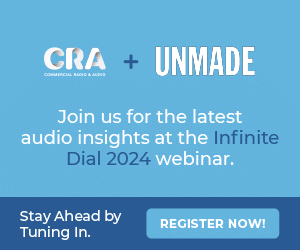Despite Meta’s claims, the public say they get their news from social media

Welcome to Tuesday’s update from Unmade. In today’s members-only post, we share nine takeouts from the latest edition of the Digital News Report launched in Canberra yesterday.
Unmade’s paying members support our analytical journalism. In return you get access to our full archive which goes behind the paywall after two months. You also get discounts on tickets to our events, including our AI conference humAIn, our retail media conference, REmade and a free ticket to our annual Compass series.

Local and social – what the public want from news
Once upon a time in a possibly hypothetical scenario, behavioural economists recruited some people for an experiment.
Ahead of time, they told their subjects that there’d be a small reward waiting. The participants were asked to let the researchers know beforehand whether they’d like some chocolate or a piece of fruit. Most people chose fruit.


